Two Times Elliott considers the conceptual possibilities of a charm bracelet
Two Times Elliott’s speculative design project rethinks the traditional materials and construction of a charm bracelet
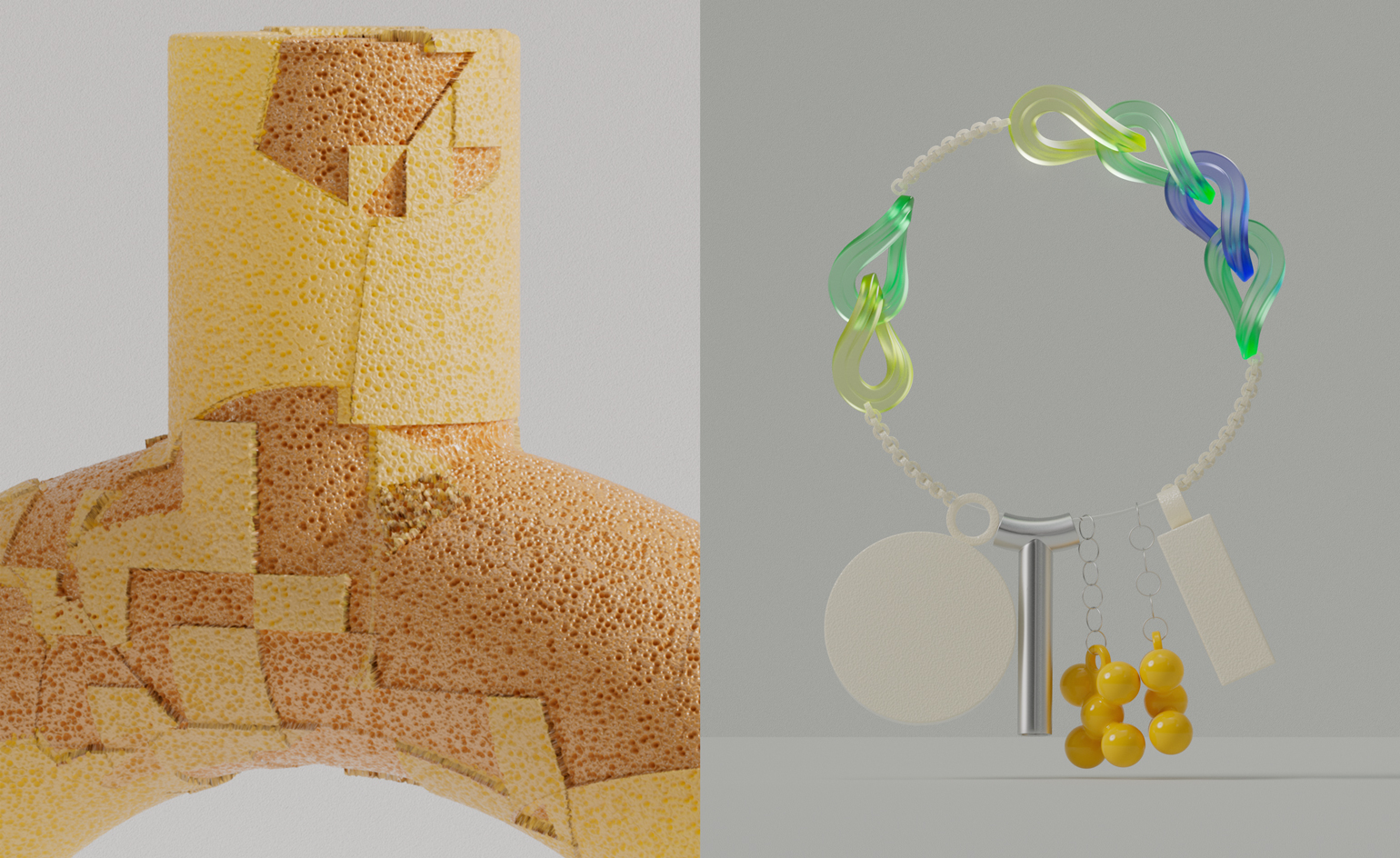
London-based design consultancy Two Times Elliott has rethought the boundaries of jewellery design in a new project that presents the conceptual possibilities of a charm bracelet, from a consideration of materials – including plastic and resin – to a study of the futuristic and technically impossible.
Two Times Elliott reimagines the charm bracelet
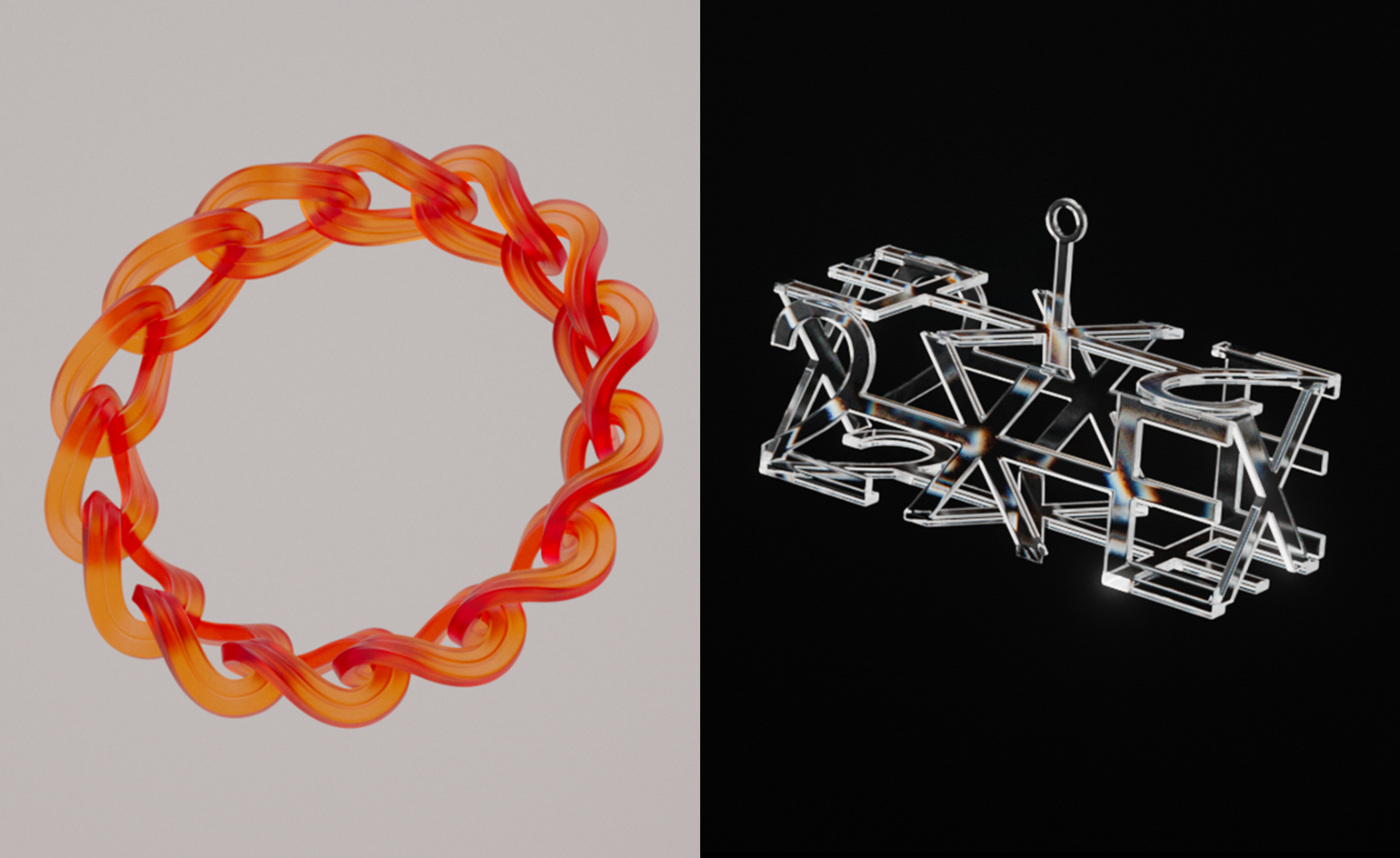
‘In the grand scheme of design objects, the relationship of a piece of jewellery to the body and the psyche is particularly intimate,’ say the team. ‘We were drawn to the symbolic capacity of jewellery, as the idea was to process feelings through these objects. The charm bracelet, in particular, has so much narrative potential as this diverse assemblage of meaningful, decorative or precious objects, whose significance may be material or sentimental. Prehistoric charms were talismans – believed to bestow spiritual powers and protections upon the wearer. In our case, the forces are narrative and aesthetic as we explore the symbolism of collective emotional and psychological states.’
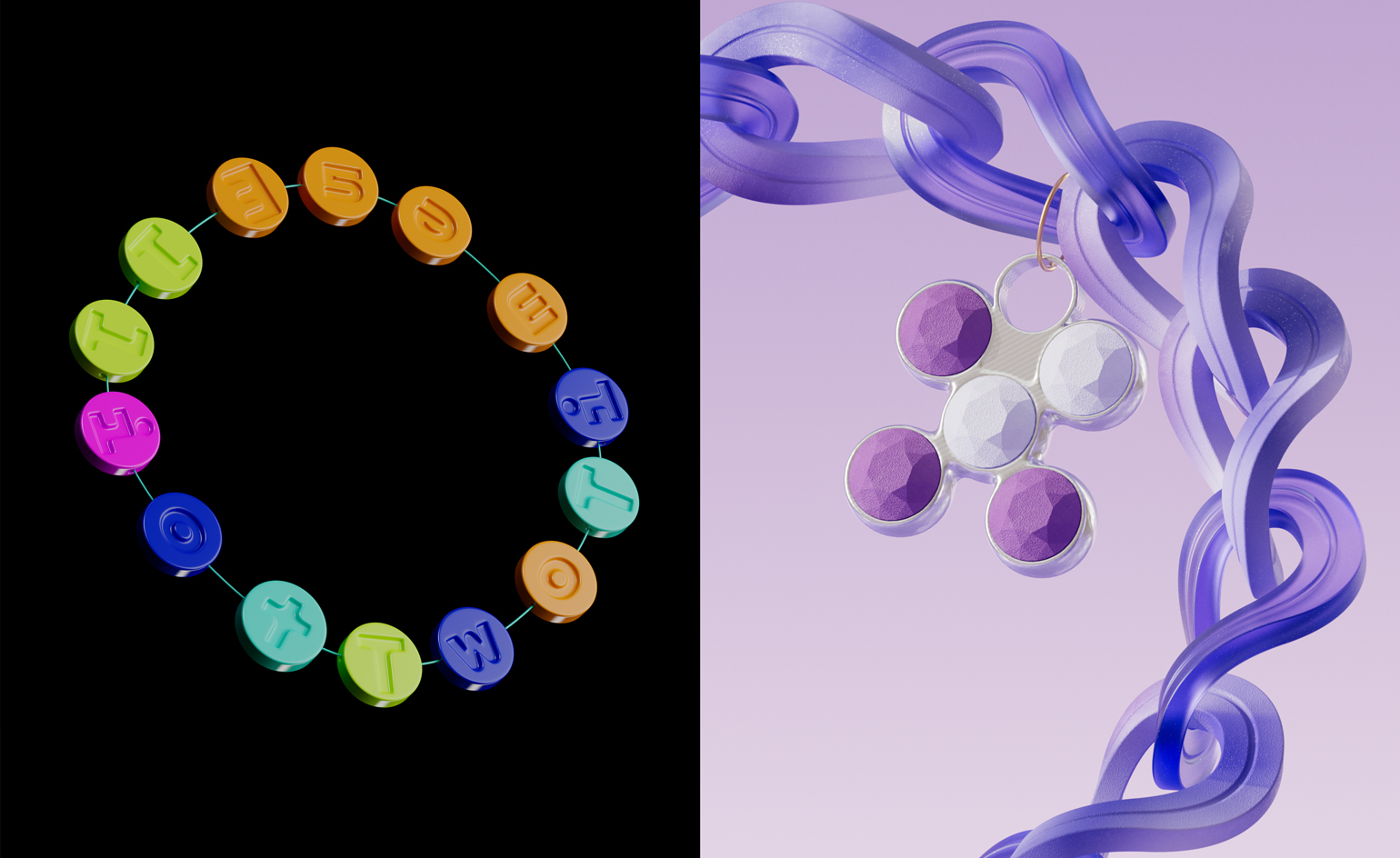
Potential materials explored in the speculative design project include porcelain, opaque gemstones and natural materials. When illustrated digitally, the pieces take on an otherworldly identity. ‘It's interesting because while CG materials can move beyond reality, we're still using the software to calculate physical parameters, such as the reflection and refraction of light and the density and surface texture of a substance,’ they add.
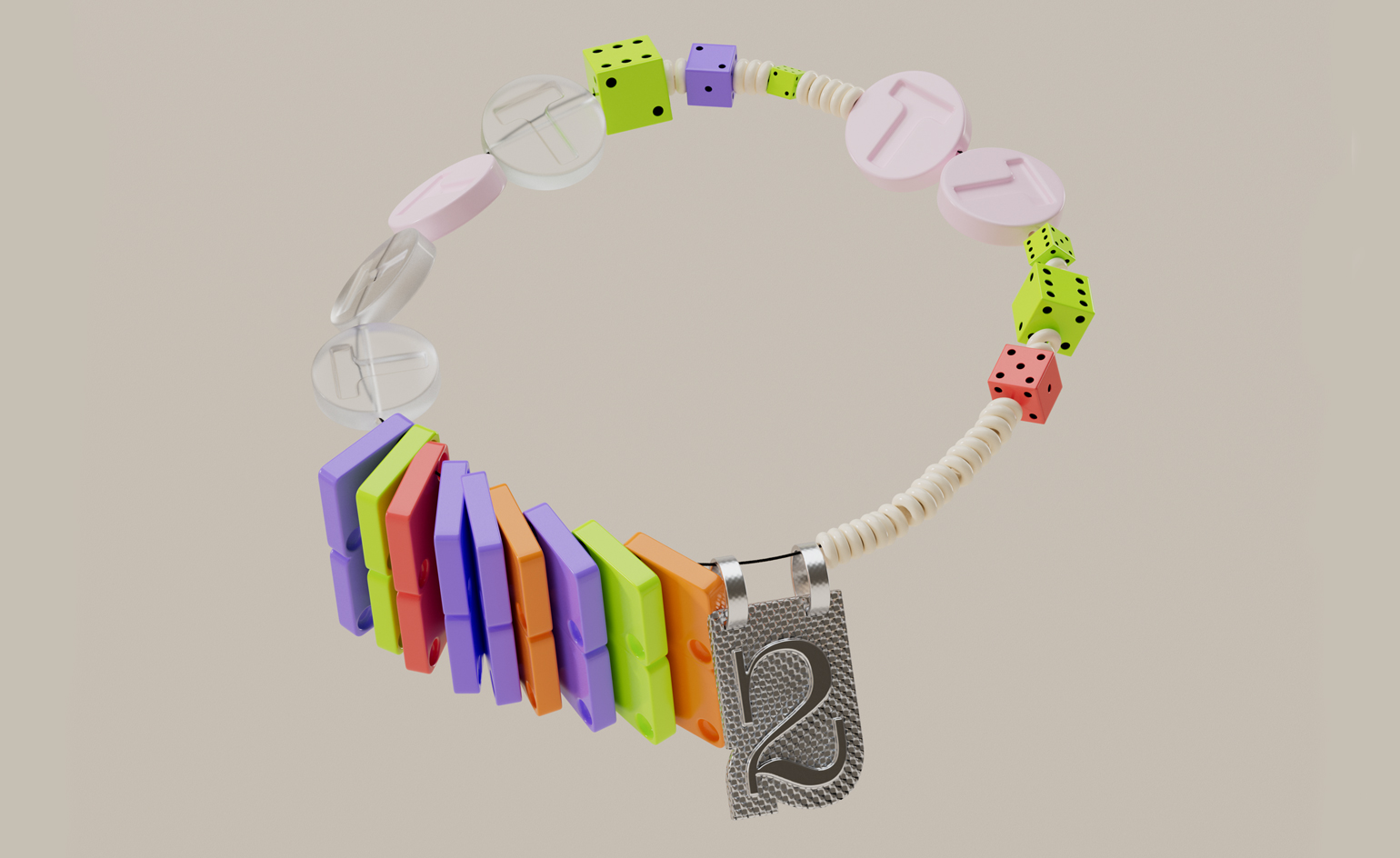
‘In architectural visualisation, you can now load specific commercial material swatch libraries into 3D scenes, so the client can review them for the production of the property. The realism one can achieve with CG grows exponentially, but that's not the point for us. The aim here is not to sell, convince, or represent a commodity but to contribute to the visual statement of the image. Equally, veering too far off into science fiction would break the spell and dilute the concept – somewhere between credible and improbable works.’
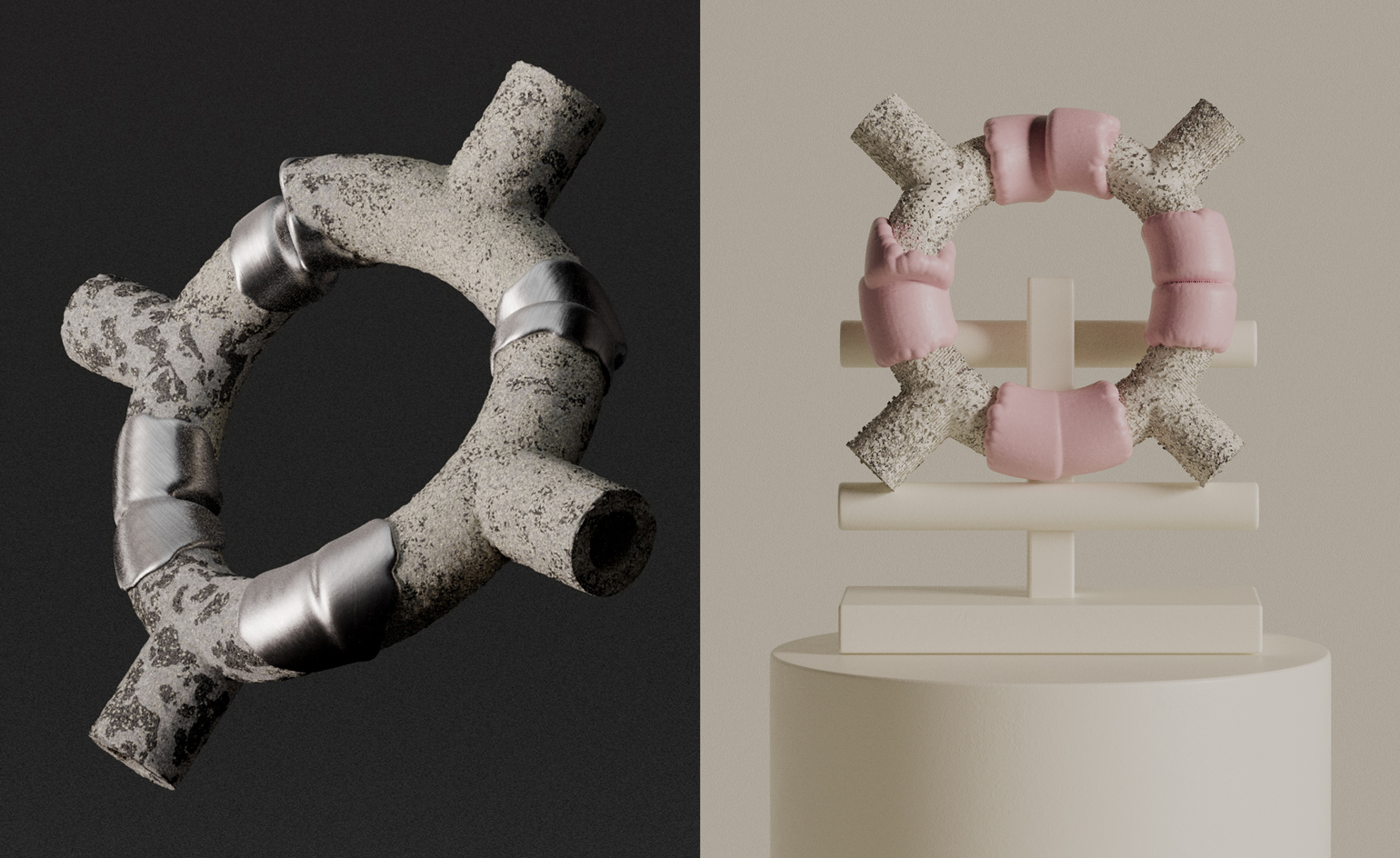
For now, the pieces remain conceptual, with no current plans to put the prototypes into production. ‘In many ways, we invest in these self-initiated projects as an avenue for discovery that can only occur outside the mode and pace of commerce,’ they say. ‘We are hunting for what can arise in a creative process unrestrained by the logistical considerations of production. The pieces would undoubtedly be different had we designed them initially for production. So while the question of the physical output is implicit in the project, we suspended it to retain our creative licence, and our wits.’
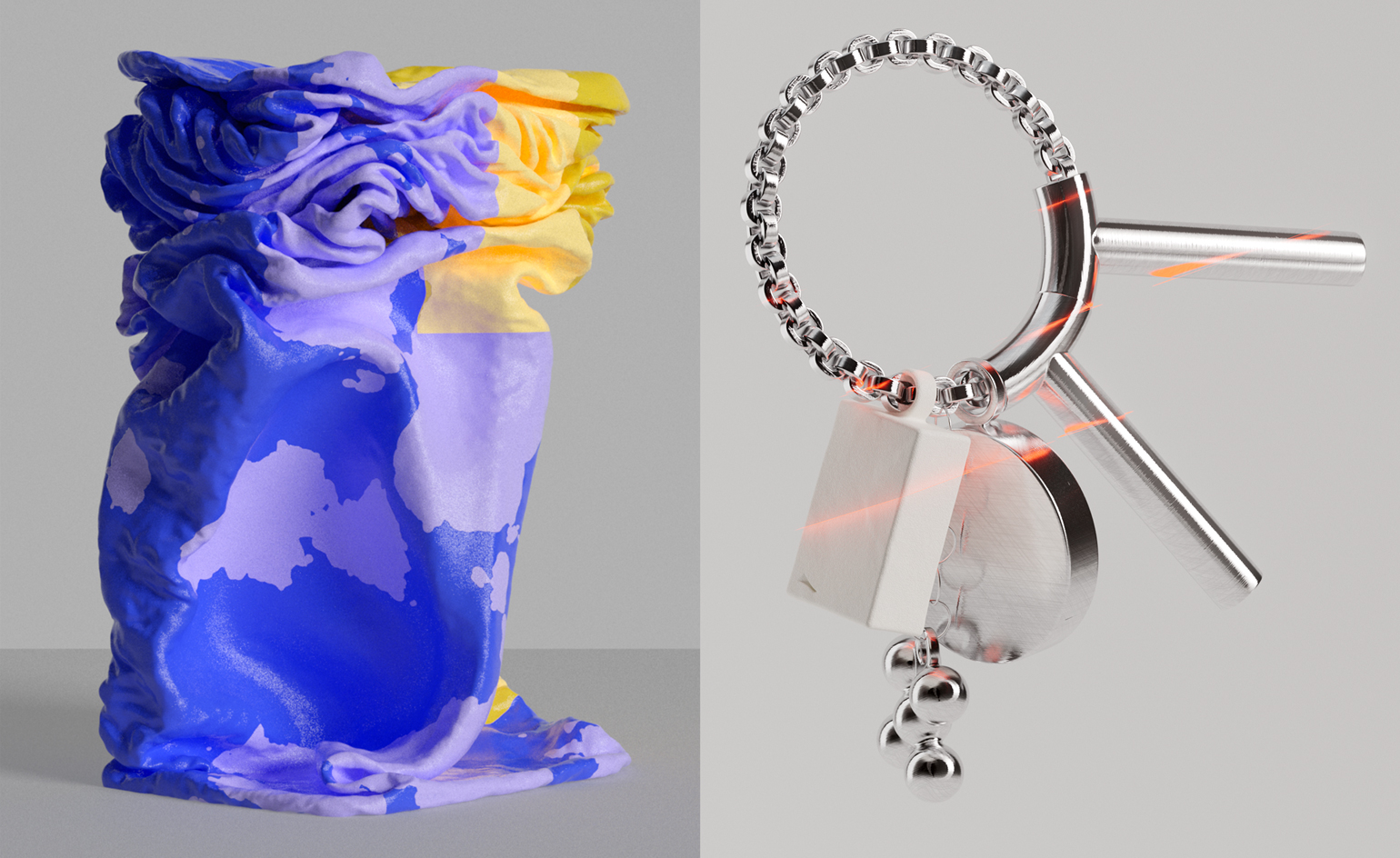
Wallpaper* Newsletter
Receive our daily digest of inspiration, escapism and design stories from around the world direct to your inbox.
Hannah Silver is the Art, Culture, Watches & Jewellery Editor of Wallpaper*. Since joining in 2019, she has overseen offbeat design trends and in-depth profiles, and written extensively across the worlds of culture and luxury. She enjoys meeting artists and designers, viewing exhibitions and conducting interviews on her frequent travels.
-
 All-In is the Paris-based label making full-force fashion for main character dressing
All-In is the Paris-based label making full-force fashion for main character dressingPart of our monthly Uprising series, Wallpaper* meets Benjamin Barron and Bror August Vestbø of All-In, the LVMH Prize-nominated label which bases its collections on a riotous cast of characters – real and imagined
By Orla Brennan
-
 Maserati joins forces with Giorgetti for a turbo-charged relationship
Maserati joins forces with Giorgetti for a turbo-charged relationshipAnnouncing their marriage during Milan Design Week, the brands unveiled a collection, a car and a long term commitment
By Hugo Macdonald
-
 Through an innovative new training program, Poltrona Frau aims to safeguard Italian craft
Through an innovative new training program, Poltrona Frau aims to safeguard Italian craftThe heritage furniture manufacturer is training a new generation of leather artisans
By Cristina Kiran Piotti